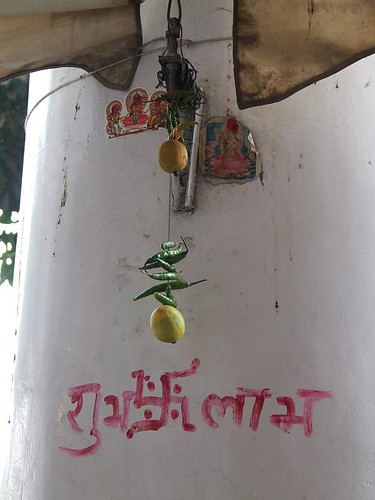Good morning,the magical word everyone says atleast from the day he/she starts going to school and make it a habit .But do we know how many in India get the previlage to go to school .The number of children attending school has gone up many-fold since the time of India’s Independence – increasing from around 19.2 million in 1950-51 to 113.8 million in 2000-01.Although poverty is often cited as the cause underlying child labour, other factors such as discrimination, social exclusion, as well as the lack of quality education or existing parents’ attitudes and perceptions about child labour and the role and value of education need also to be considered. In states like Bihar, Mizoram, Rajasthan and Uttar Pradesh, 60 per cent or more girls dropped out before completing their five years primary education.Trafficking of children also continues to be a serious problem in India. The nature and scope of trafficking range from industrial and domestic labour, to forced early marriages and commercial sexual exploitation. Existing studies show that over 40 per cent of women sex workers enter into prostitution before the age of 18 years. But several problems persist.
UNICEF is an active partner in the Sarva Shiksha Abhiyan supporting its objective to ensure all children complete five years of school and have access to good quality education.
Several million more suffer from multiple episodes of diarrhoea and still others fall ill on account of Hepatitis A, enteric fever, intestinal worms and eye and skin infections caused by poor hygiene and unsafe drinking water.
Despite the Government and UNICEF’s best efforts, diarrhoea remains the major cause of death amongst children, after respiratory- tract infections. Unhygienic practices and unsafe drinking water are some of its main causes. More than 122 million households in the country are without toilets. Even though toilets are built in about 3 million households every year, the annual rate of increase has been a low 1 per cent in the past decade.
Among the many contributing factors is the quality of the physical space that children inhabit.
Of India’s 700,000 rural schools, only one in six have toilets deterring children especially girls from going to school, and if enrolled, in remaining there.In addition are cultural factors: continuing discrimination against the girl child plays a crucial role in creating resistance around sending girls to school. Government efforts have been intensified in recent years following the launch of various programmes including the District Primary Education Programme (DPEP) in 1992, the Minimum Levels of Learning (MLL) initiative and more recently the Sarva Shiksha Abhiyan (or the National Programme for Universal Elementary Education).
UNICEF is an active partner in the Sarva Shiksha Abhiyan supporting its objective to ensure all children complete five years of school and have access to good quality education.




